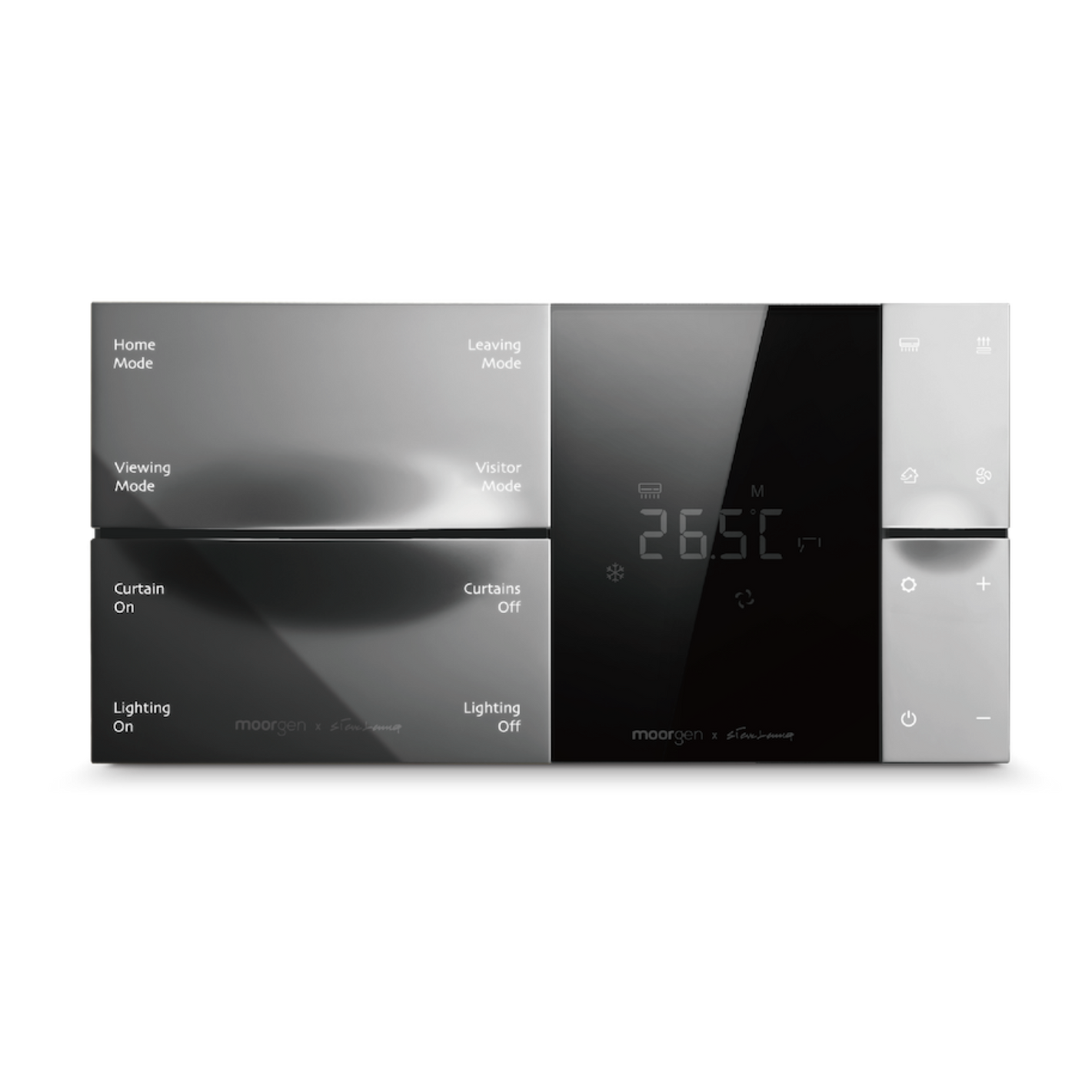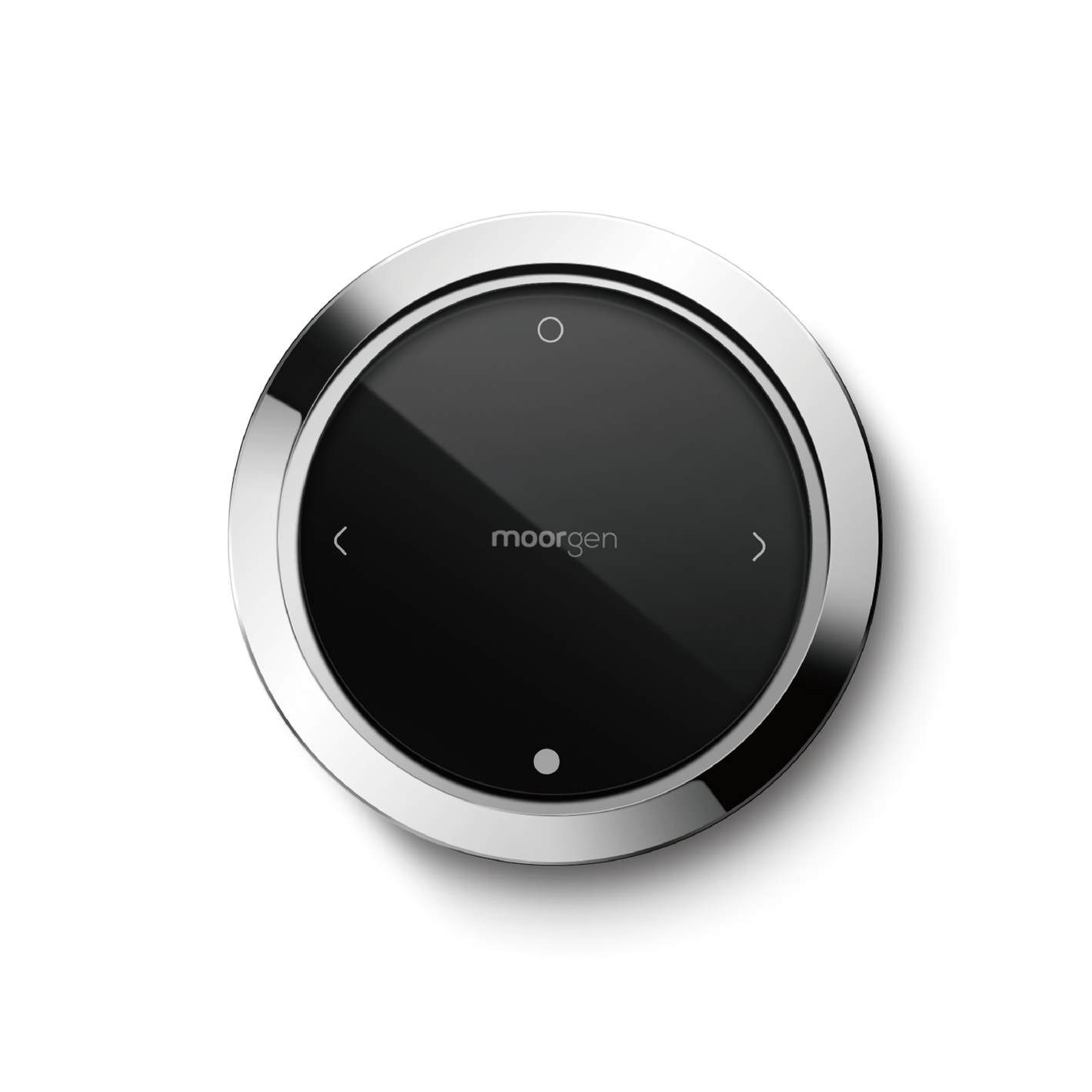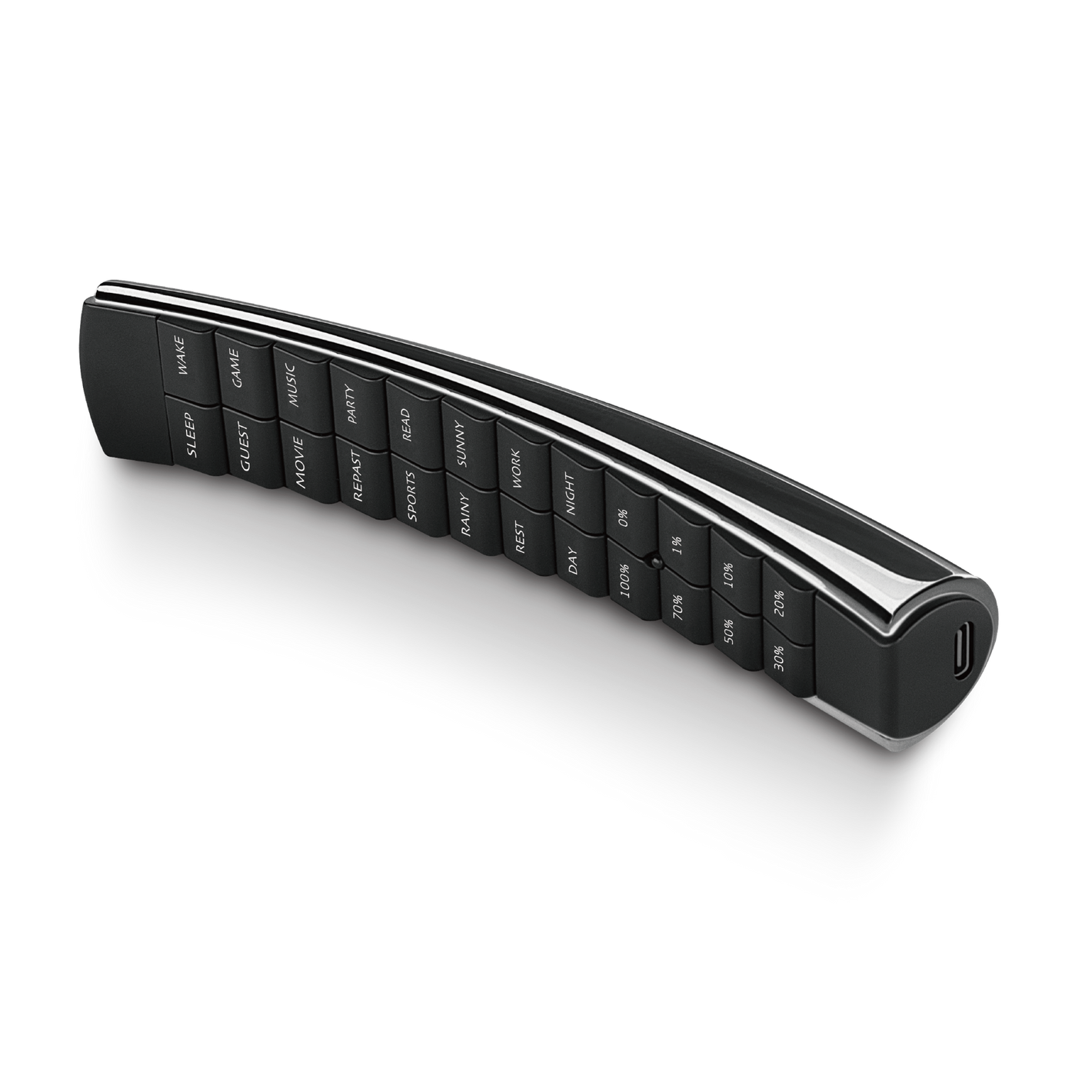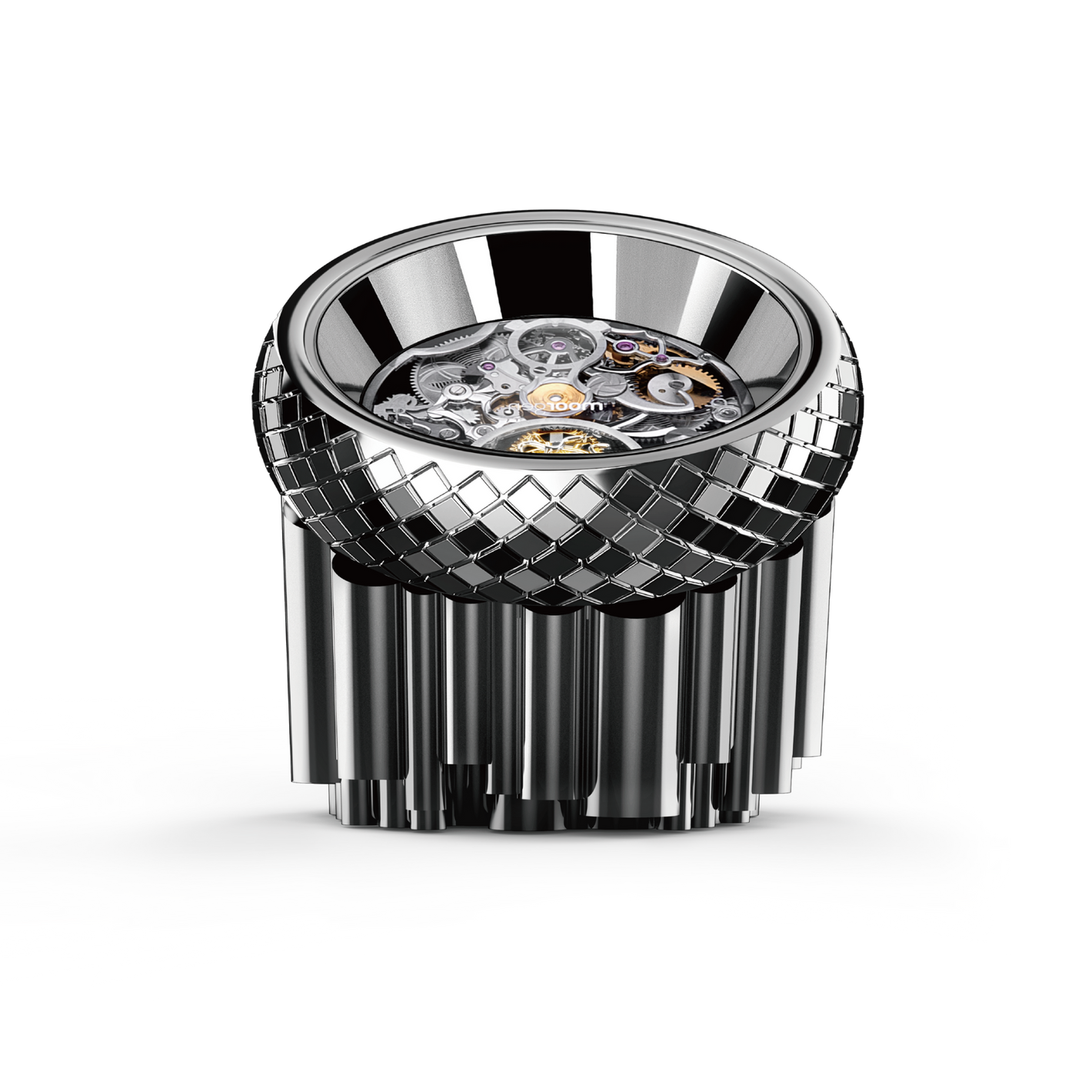[Smart Home] Smart Door Lock: Is Face Recognition Secure? 4 Things to Consider When Choosing a Face Recognition Smart Door Lock
Electronic door locks and smart door locks are becoming increasingly popular in Hong Kong. Most new developments have at least installed electronic door locks, while some more upscale projects opt for smart door locks. The main difference between electronic door locks and smart door locks lies in the unlocking methods and additional features. Electronic door locks typically only offer password unlocking, while smart door locks provide multiple unlocking methods, including fingerprint recognition, vein recognition, virtual password, and face recognition. However, many people seem to have doubts about the security and reliability of face recognition unlocking. Is face recognition smart door lock really secure? This article from Moorgenzine will provide you with answers.
Key points of this article:
- Face recognition belongs to biometric identification. What is biometric identification?
- What is face recognition?
- How does face recognition work?
- Face recognition vs. fingerprint recognition
- Are there any downsides to face recognition smart door locks?
- Smart door locks - Is face recognition secure and reliable? How to choose?
Face recognition belongs to biometric identification. What is biometric identification?
Face recognition belongs to a type of biometric identification technology. To understand face recognition, it's necessary to first grasp the concept of biometric identification technology. Biometric identification technology utilizes optical, acoustic, biometric sensors, and biostatistics to identify individuals based on their inherent and lifelong physiological characteristics, such as fingerprints, veins, faces, irises, or certain behavioral characteristics like handwriting, pronunciation, and gait. This is accomplished through computer analysis to recognize individual identities.
Traditional methods of identity verification usually involve keys, documents, or usernames/passwords. However, since these are all "external" elements, they are susceptible to theft, misuse, or forgery, allowing for successful identity impersonation. Biometric identification technology, on the other hand, recognizes identities based on human biological features, offering several advantages over traditional methods, including:
- It cannot be easily forgotten or lost like passwords or documents.
- Each person's biometric features are unique and generally cannot be replicated.
- It is difficult to forge.
-
Biometric features are "carried" by individuals and can be used anytime, anywhere.
Since biometric features can be carried by individuals, they are particularly suitable for smart door locks. Firstly, they eliminate the need for carrying keys, and secondly, they reduce the risk of being unable to enter one's home due to key loss or forgetting the key.
What is Facial Recognition?
As mentioned above, facial recognition is one type of biometric identification technology. In simple terms, facial recognition is the process of identifying individuals by analyzing and comparing visual features of their faces. Facial recognition can be divided into two main categories:
-
Image-based Facial Recognition: This involves recognizing faces in photos or videos. Applications like Google Photos or iPhone's album can identify individuals in pictures or search for specific faces in a large collection of photos.
- 3D Facial Recognition: This method involves first detecting the presence of a real face by face localization. Then, using a sensor camera, the facial image is captured and compared with pre-stored facial images for identification.
How does Facial Recognition Work?
Facial recognition primarily involves three steps: detection, analysis, and recognition.
Face Detection
The first step is to locate and detect faces. The sensor camera projects thousands of invisible dots to accurately capture facial contours and structural features. It can detect details in both frontal and profile views and capture infrared images of the face to ensure it is a genuine face.
Face Analysis
After capturing the facial contours and structural features, facial recognition systems analyze various facial characteristics, including:\
- Distance between the eyes
- Distance from the forehead to the chin
- Distance from the nose to the mouth
- Depth of eye sockets
- Cheekbone shape
- Contours of lips, ears, and chin
The system converts this facial recognition data into a digital representation, also known as a mathematical faceprint. Similar to fingerprints, each person has a unique faceprint. In theory, the system can use this mathematical representation to reconstruct a person's face.
Face Recognition
Finally, the facial recognition system compares the mathematical faceprint with registered facial data and uses recognition algorithms to calculate similarity scores or match probabilities to confirm identity.
Currently, facial recognition algorithms can be classified as follows:
- Feature-based recognition algorithms: These algorithms are based on facial feature points.
- Appearance-based recognition algorithms: These algorithms use the entire facial image as the basis for recognition.
- Template-based recognition algorithms: These algorithms use templates or reference points for recognition.
- Recognition algorithms using neural networks: These algorithms utilize neural networks for facial recognition.
- Recognition algorithms using SVM (Support Vector Machine): These algorithms employ SVM for facial recognition.
Facial Recognition vs. Fingerprint Recognition
Facial recognition has certain qualities that make it more convenient and secure compared to fingerprint recognition.
Naturalness
One of the major advantages of facial recognition over fingerprint and iris recognition is its "naturalness." Naturalness refers to the fact that facial recognition uses the same biological features that humans (or other living beings) observe when identifying someone's identity. Humans naturally differentiate and confirm others' identities by observing and comparing their faces. Other forms of natural recognition include voice recognition and body shape recognition.
Fingerprint and iris recognition lack naturalness because humans or other living beings do not differentiate and confirm identities based on fingerprints or irises.
Contactless
Facial recognition captures facial details through a sensor lens, eliminating the need for users to come into contact with any devices or accessories. Users can simply look into the sensor lens for identification. Since it is contactless, facial recognition initiates authentication as soon as it detects a face.
In contrast, fingerprint recognition requires the use of an electronic pressure sensor to capture fingerprints, which can be inconvenient. Additionally, users need to actively participate in the recognition process by placing their fingers on the pressure sensor, which may not always be desirable.
Fast and Accurate
Facial recognition, especially 3D facial recognition, requires the presence of a face for identification. In general, the cost and complexity of stealing a three-dimensional face are high. Moreover, the authentication process of facial recognition is faster than fingerprint and iris recognition. The reliance on multiple reference points during facial recognition significantly improves accuracy and security.
On the other hand, fingerprint recognition involves physical contact, and since fingers are commonly used body parts, there is an increased risk of duplication and theft, which reduces security.
High Compatibility
Facial recognition primarily relies on cameras or images, making it easy to integrate into any system. For example, most smartphones today have front-facing cameras, allowing facial recognition functionality when supported by relevant software, apps, or facial recognition algorithms.
In contrast, fingerprint recognition requires a pressure sensor, and iris recognition requires a dedicated infrared camera to capture relevant features for authentication. Therefore, additional accessories are required for fingerprint or iris recognition, making system integration more challenging.
Are there any drawbacks to facial recognition smart locks?
Like all technologies, smart locks using facial recognition have some disadvantages, mainly in the following two aspects:
-
Unstable facial features: Human faces can produce numerous expressions, and the visual images of faces can vary significantly from different angles. Additionally, external factors such as hairstyles, facial hair, weight, scars, makeup, eyelashes, etc., can easily influence facial appearance. When facial recognition systems are not sufficiently robust, they can easily result in misidentification or failure to recognize the correct individuals. This can lead to awkward situations where individuals need to quickly modify their appearance (e.g., removing hats or masks) to unlock the door using facial recognition.
-
Lighting conditions: Similar to taking photos, facial recognition heavily relies on cameras, making ambient lighting a crucial factor. The techniques and lighting conditions for daytime and nighttime photography differ. When configuring facial recognition, if the corridor lights are off or malfunctioning on a particular day when returning home, the facial recognition system may experience longer recognition times or even fail to make accurate judgments due to the different lighting conditions.
- High power consumption: Since facial recognition involves the use of a camera, it consumes more power compared to other unlocking methods. Additionally, as mentioned earlier, facial recognition is contactless and constantly active, continuously detecting the presence of faces for recognition. This leads to long-term power consumption. Advanced facial recognition systems may also employ supplementary lighting in dim environments or activate night vision mode, further increasing power consumption. In general, a fingerprint recognition smart lock can operate for approximately six months to a year with four batteries, while a facial recognition smart lock requires more batteries and more frequent replacement or charging.
Smart Locks - Is Facial Recognition Secure and Reliable? How to Choose?
Nowadays, facial recognition technology has become increasingly popular. For example, when departing from Hong Kong Airport, if you have registered for facial recognition during the application for a new ID card, you don't need to present your documents at the immigration gate. You simply look into the camera, and within approximately 2 seconds, the gate will automatically open, allowing you to successfully exit. Apple is known for prioritizing user privacy, and all iPhones now fully utilize Face ID technology. With Face ID, you can unlock your iPhone by simply looking at the front-facing camera. Many iPhone apps, including banking or financial apps, stock exchange apps, cryptocurrency-related apps, and even government apps like Smart Convenience, rely on Apple Face ID for identity authentication. This indicates that even banks, stock exchanges, cryptocurrency applications, and government institutions like customs, which have the highest security requirements, use facial recognition technology. This demonstrates that facial recognition has a certain level of reliability.
Statistically speaking, the chances of finding someone who looks almost 100% like you are less than one in a million. Of course, the chances are higher for identical twins or children under the age of 13 whose unique facial features have not fully developed.
However, when choosing a smart lock, there are several factors to consider because not all facial recognition systems have the same technology, privacy, and stability:
-
Facial recognition algorithm: Since there are various facial recognition algorithms available, the recognition results may vary. When purchasing a smart lock, it is essential to ensure that the algorithm used is difficult to replicate. It is especially important to determine whether it utilizes "3D facial recognition." Otherwise, if facial recognition can be deceived by a photograph, it is equivalent to having no recognition function at all. This will help determine the security of the smart lock.
-
Facial recognition sensitivity: Some facial recognition smart locks on the market use more sensitive recognition methods, which reduce the unlocking time and improve user experience. However, the downside is that it may lead to false positives and unintended unlocking.
-
Facial recognition speed: The unlocking speed is particularly important for facial recognition smart locks. Imagine standing in front of the door with your hands full of heavy objects, waiting for a long time to unlock—it can be very frustrating. Therefore, when selecting a smart lock, it is recommended to test the unlocking response and smoothness of the facial recognition feature. Ideally, the unlocking time should be between 1 to 3 seconds. Multiple tests can determine the stability of the facial recognition function.
- Alternative unlocking methods: If there are concerns about the facial recognition smart lock's performance during trials versus actual use, it is important to consider other unlocking methods it offers, such as virtual passcode, finger vein recognition, smart access cards, etc. This way, even if the facial recognition unlocking experience is not satisfactory, there are alternative methods available.
Most high-end smart lock brands generally adopt 3D facial recognition. The T5+ series and T9 series of Moorgen, a top-notch smart home brand, feature 3D facial recognition for unlocking. In addition, they offer up to 6 different unlocking methods, including virtual passwords, fingerprint recognition, smart access cards, mobile apps, and physical keys. There is always a suitable unlocking method for you and your family.
If you would like to learn more about how to choose Smart Door Lock that fits your family, you may refer to: Smart Door Lock: 7 Tips on Installation and 6 Features to Know
After reading this Moorgenzine article, we believe you have gained a deeper understanding of smart locks with facial recognition. If you still have questions about how to transform your home into a smart home, you can contact Moorgen via WhatsApp for free professional advice or visit the Moorgen showroom to experience the Real Smart Home.
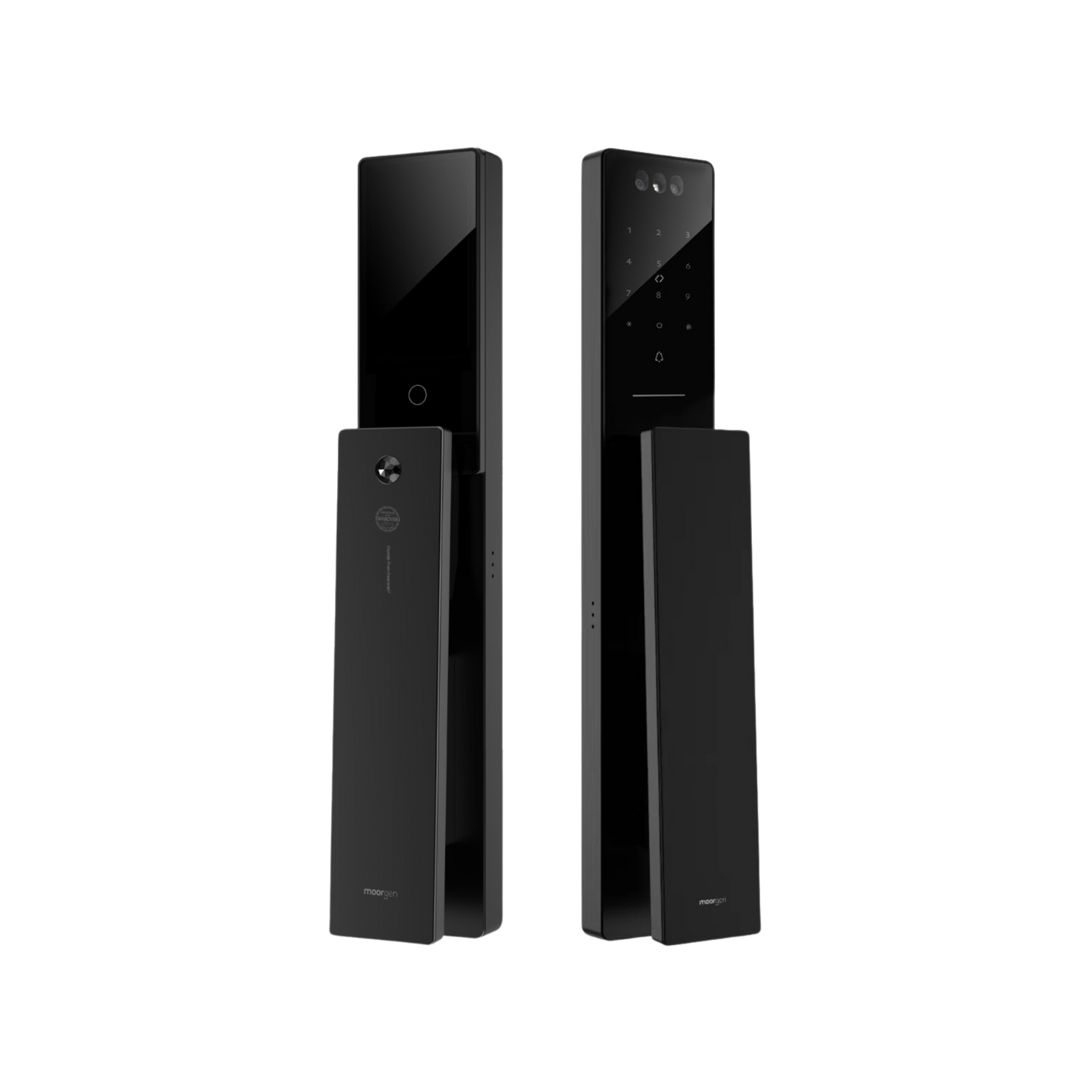

![[Smart Home] Smart Door Lock: Is Face Recognition Secure? 4 Things to Consider When Choosing a Face Recognition Smart Door Lock](http://moorgen.hk/cdn/shop/articles/blog_cover_moorgen_face_recognition_smart_door_lock.png?v=1700308300&width=1100)
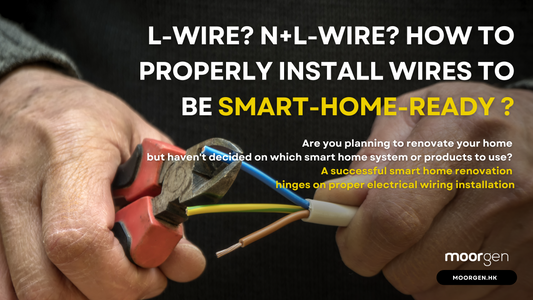
![[Smart Door Lock] Detailed Guide: Finger Vein Recognition](http://moorgen.hk/cdn/shop/articles/moorgen_finger_vein_recognition_smart_door_lock.png?v=1699741737&width=533)



![[Smart Living] How to Choose a Smart Power Strip? Swift Transform Your Home into a Smart Home!](http://moorgen.hk/cdn/shop/articles/blog_cover_moorgen_how_to_choose_smart_power_strip.png?v=1728137093&width=533)
![[Smart Living] How to Choose LED Bulbs? Which Ones Are the Most Energy-Efficient?](http://moorgen.hk/cdn/shop/articles/blog_cover_moorgen_how_to_choose_led_bulbs.png?v=1728136975&width=533)
![[Smart Living] How to Choose an Instant Hot Water Dispenser and Use It Efficiently?](http://moorgen.hk/cdn/shop/articles/blog_cover_moorgen_how_to_choose_instant_hot_water_dispenser.png?v=1728136837&width=533)
![[Smart Living] 5 Energy-Saving Tips for Electric Kettles](http://moorgen.hk/cdn/shop/articles/blog_cover_moorgen_energy_saving_tips_electric_kettles.png?v=1728136710&width=533)
